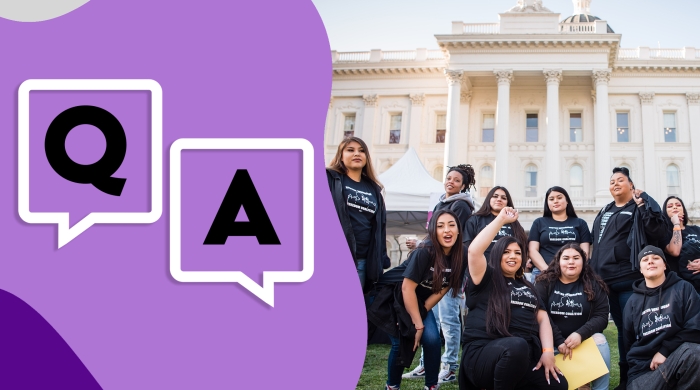
Dr. Sarah Cowan received an IHDSC Seed Award in 2019-2020 for a project that reexamines and extends previous research on the links between pregnancy intentions and early life outcomes by analyzing data from the Pregnancy Risk Assessment Monitoring System (PRAMS) and 2-year follow-up data from six states. Her research team includes NYU graduate students Nicholas Mark and Erica Hobby.
American healthcare infrastructure and policy regarding reproductive health is structured to prevent unplanned or unwanted pregnancy. This is in large part due to a strong association between an unplanned or unwanted pregnancy and adverse infant and maternal outcomes. That is distinct though from a mother’s feelings about her pregnancy causing adverse infant and maternal outcomes. In fact, the evidence base that unintended pregnancies taken to term cause adverse maternal and child outcomes is weak.
Research Implications
If mothers and infants fare worse after an unintended pregnancy due to distal factors such as maternal characteristics rather than the intention status of the pregnancy, then the promotion of intended pregnancies should not be a policy priority. If instead unintended pregnancies are associated with adverse outcomes even after attending to distal factors, then current policy has some justification. Further, whether unintended pregnancies are associated with infant, maternal, or both sets of outcomes implies different sets of policy interventions.
Innovations and Challenges
The first challenge is that it is impossible and immoral to randomly assign pregnancies and pregnancy intention to do something akin to a randomized control trial. And so we must use sophisticated statistical modeling to try and tease causal estimates from non-randomized data.
Second, most of the science in this arena only looks at a few outcomes and those usually involve the child, not the mother. We are expanding to a whole lot of outcomes.
Third, we are using data on a lot of moms and newborns -- tens of thousands. This enables us to see whether these relationships might be different for different moms. So for instance, perhaps the relationship between pregnancy intention and maternal and child outcomes is different by mom’s education status or whether she is married/partnered or not. We will be able to detect those differences and make policy recommendations accordingly.
Fourth, for some of these moms and children we have data not just from when the child was an infant but when the child is a toddler. We can see then whether any of these relationships persist or if new ones arise that weren’t present in the postpartum period.
Results and Findings
We are at the beginning of this research but we do have some results. Consistent with prior research, we find that pregnancy intentions are related to maternal behavior during pregnancy, but not to infant outcomes at birth. However, we also find evidence that pregnancy intentions are relevant for postpartum maternal outcomes, such as the onset of intimate partner violence, depression, changes in smoking behavior, and receipt of medical care. These findings suggest that policy intended to improve infant welfare by preventing unintended pregnancies has little empirical support, but that policy focused on increasing reproductive autonomy and maternal well-being has the potential to improve outcomes.
Related Blog Posts
Q&A: Young Women's Freedom Center and Dr. Shabnam Javdani
On the Ground interviewed Young Women's Freedom Center executive Director Jessica Nowlan and NYU Steinhardt professor Dr. Shabnam Javdani about the role of their research and partnership in working with girls, young women, and TGNC young people towards decriminalization, decarceration, abolition, and reimagining the juvenile justice system response.
Q&A: Dr. Paula Chakravartty and Dr. Michelle Buckley
Drs. Paula Chakravartty (NYU) and Michelle Buckley (University of Toronto) partner with Khabar Lahariya, an India-based rural feminist media collective, to create lasting impact for brick kiln workers in Uttar Pradesh. On the Ground interviewed the researchers to learn about how this partnership helps to design the research, as well as the ways in which the research feeds back into the lives and work of migrant workers.



